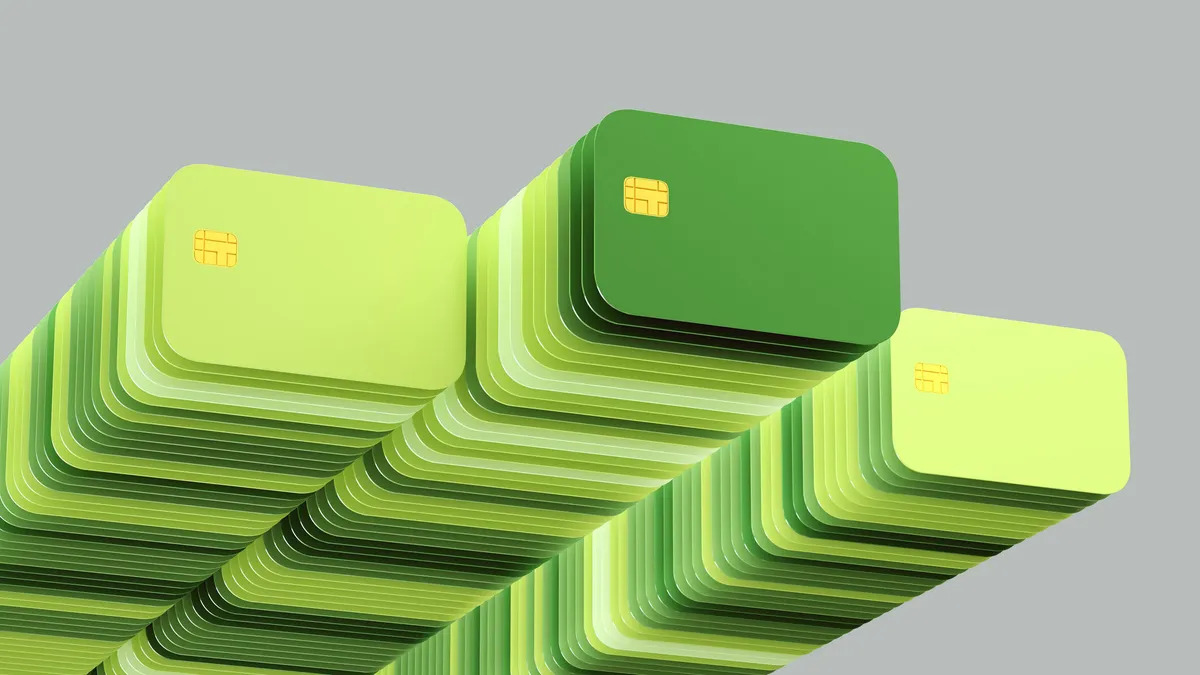As climate change continues to reshape the air we breathe, the food we eat, and the way we move through the world, many people are looking for ways to lessen their personal impact. While the burden shouldn’t fall solely on individuals; especially as major corporations continue to pour billions into fossil fuels, choosing where and how you spend your money can still support a more sustainable future. For anyone looking to take a small but meaningful step, eco-friendly credit cards have emerged as an alternative to traditional cards, providing options that reduce waste, support environmental initiatives, or shift banking power away from harmful industries.
Eco-friendly credit cards differ from standard cards in both design and purpose. Many are crafted from sustainable or recycled materials such as recycled plastics, metal, or even wood, cutting back on the waste generated by traditional PVC cards. Some also tie their rewards programs to green initiatives, allowing cardholders to direct a portion of their spending toward environmental nonprofits, carbon-offset programs, tree-planting efforts, or companies committed to better sustainability practices.
What sets these cards apart even further is the philosophy of the institutions behind them. The banks offering eco-friendly cards typically refrain from lending to fossil-fuel companies or other environmentally harmful industries. Instead, they support organizations focused on climate action, environmental justice, and other social movements. This creates a financial ecosystem where your everyday spending aligns with greener banking practices.
For consumers, the direct benefits can include lowering their carbon footprint, supporting climate-focused causes, and knowing their spending is contributing to broader environmental goals. Some eco-friendly cards also offer competitive rewards; especially for categories like EV charging, groceries, or everyday purchases, making them useful for anyone who doesn’t already have a cash-back or points card that fits their routine.
Choosing the right card comes down to a few factors: the materials it’s made from, how well the rewards match your spending habits, and whether any annual fees are worth the benefits. Shoppers should also research the issuing bank to ensure it isn’t funding environmentally harmful industries. A card made with recycled plastic won’t feel very “green” if the bank behind it is heavily invested in fossil fuels.
For people who want to reduce their impact, an eco-friendly credit card can be a helpful tool; especially when paired with conscious spending habits. But these cards aren’t usually the most lucrative from a rewards standpoint. If maximizing benefits is your main priority, you can still support the environment by using a standard cash-back card and donating your rewards to environmental nonprofits, or by making eco-friendly choices regardless of your payment method.
Applying for one is straightforward. Once you select the card that matches your values, you can apply online through the issuer’s website, fill in your personal and financial information, and begin using the card responsibly.
Eco-friendly credit cards differ from regular cards in both structure and philosophy. While traditional cards often come from banks that invest in fossil fuels, eco-friendly cards frequently avoid those industries and instead partner with nonprofits focused on conservation, carbon reduction, and other sustainable efforts. And although plastic credit cards aren’t inherently harmful when disposed of properly, their environmental footprint grows when paired with banks whose investments contribute to climate-damaging industries.
As more consumers push for sustainable options, these environmentally conscious credit cards offer a way to make everyday purchases part of a larger effort toward a greener world—one swipe at a time.














